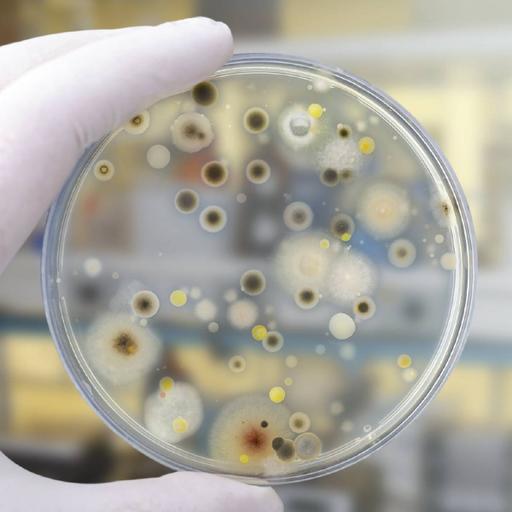Morphology of Fungi
Presentations | English
Fungus is a member of a large group of eukaryotic organisms that includes microorganisms such as yeasts and molds. These organisms are classified as Kingdom Fungi, which is separate from plants, animals, protists and bacteria. Fungi vary widely in size and shape, from unicellular microscopic organisms to multicellular forms easily seen with the naked eye. Microscopic fungi exist as either molds or yeasts, or both. The molds form large multicellular aggregates of long branching filaments, called hyphae. Their cells are long and thread-like and connected end-to-end. They display two distinct morphological stages: the vegetative and reproductive. The vegetative stage consists of hyphae whereas the reproductive stage can be more conspicuous. Many pathogenic fungi are dimorphic, forming hyphae at ambient temperatures but yeasts at body temperature. The hyphae and other structures combine to form an elaborate network called a mycelium. Yeasts are large single-celled organisms that rarely form filaments. Most yeasts reproduce by the asexual process of budding.

29.00
Lumens
PPTX (58 Slides)
Morphology of Fungi
Presentations | English
